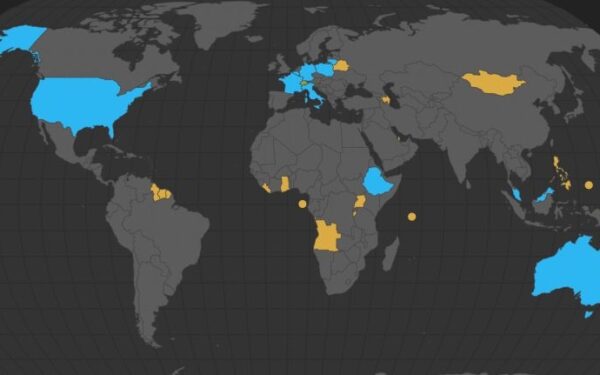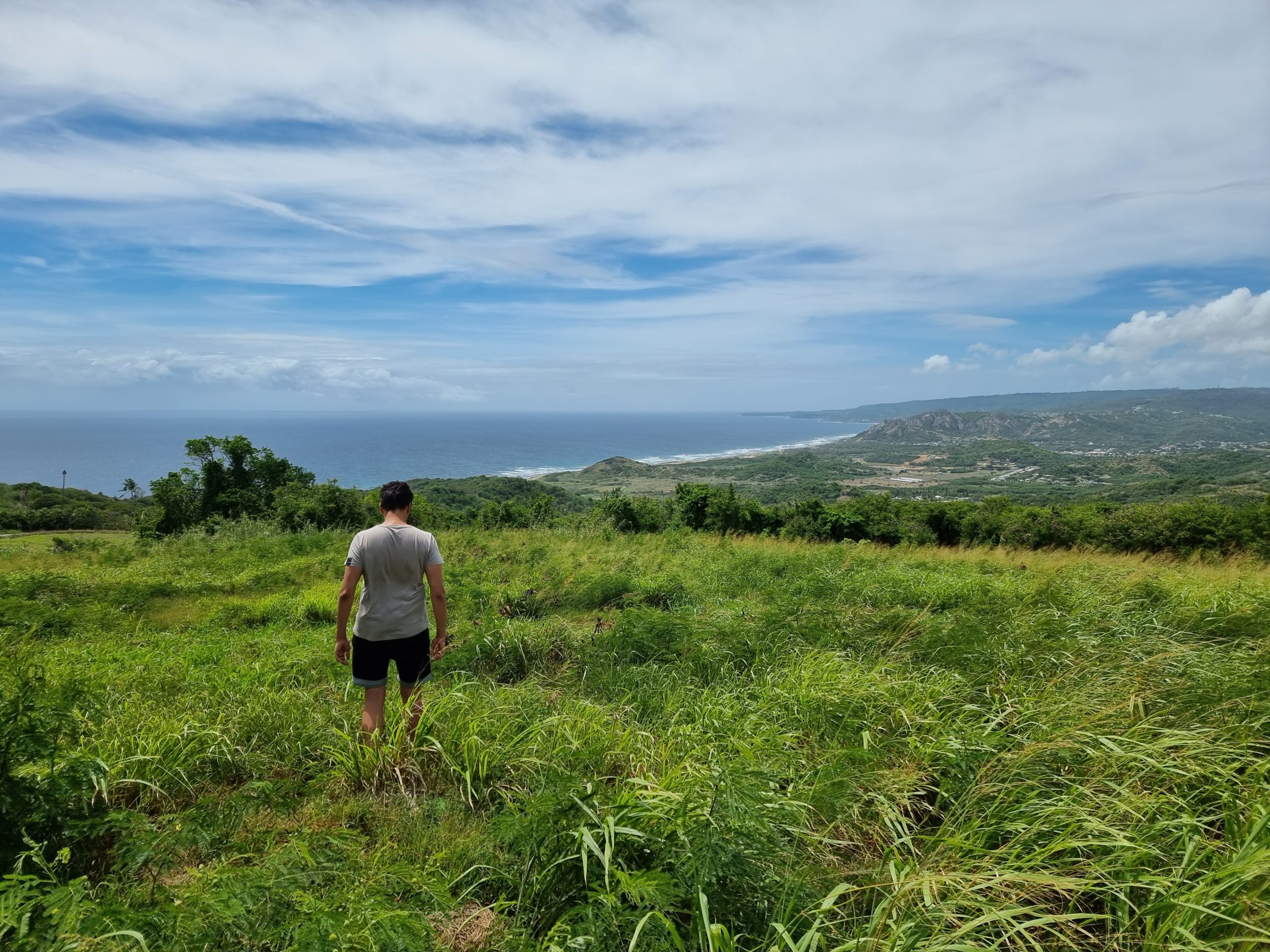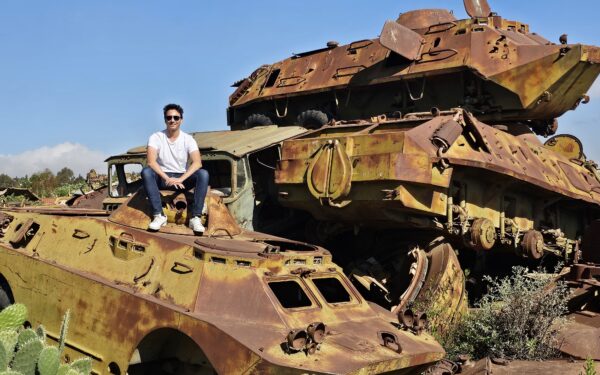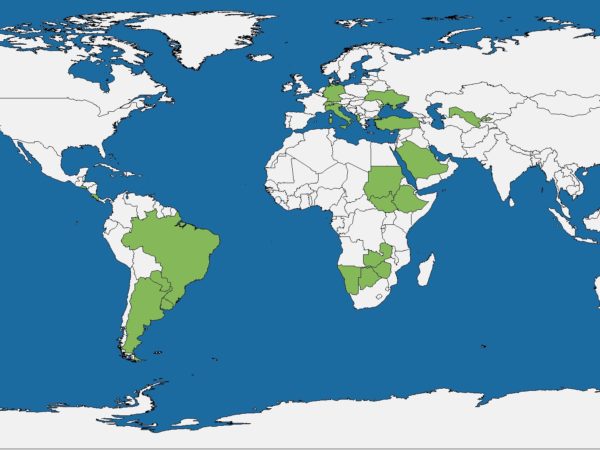Trip report: China
Visited in May 2013
Nǐ hǎo!
With my visit to Beijing I killed two birds with one rock. First, despite 87 visited countries, I had never been to Beijing and was therefore able to close an education gap. Second, Beijing is the city from which you normally start when you travel to North Korea, our last stop of that trip.
The capital city of China was going to be the shortest of our stops. 1.5 days before North Korea and one day after. Although you must have seen Beijing as a traveler, the city does not have the best reputation. Dirty, smoggy, too many people… these are the things you hear from people who have already been to Beijing. Justified or not? I wanted to find out.
Lost in translation
After the rather well-organized South Korea, China seemed like total chaos. Of course not as chaotic as Vietnam or India, but it was a different world than South Korea. For example, we were approached about fifteen times with “taxi?!” in the arrival hall of Beijing airport, from which we were spared both in Taiwan and in South Korea.
Fortunately, we had printed our hotel confirmation in Chinese, because practically nobody speaks English in this country. The woman at the taxi stand showed us a price of 350 yuan to the Qianmen district, which is three times as much as the price indicated on the internet. We agreed, because we had no nerves for public transport anymore. Luckily for us the taximeter showed only 110 yuan when we arrived at the hotel.
Of course, nobody in our hotel spoke English either. In comparison to my visit to Shanghai in 2013, the communication has nevertheless become easier. The Chinese use translation apps into which they speak, so that two seconds later you can hear the sentence in English. With this app the receptionist explained to us where our room was and that she wanted to see our 144h visa again. Traveling to China was even more difficult six years ago because you needed a visa in advance, which cost 170 dollar back then and took three weeks until you got it. Nowadays, you get a six-day transit visa at the airport if you fulfill certain criteria.
It was early afternoon now and we wanted to use the short time to see the three most important sights of the Chinese capital: Tiananmen Square, the Forbidden City and the Temple of Heaven. Our hotel was pretty much in the middle between Tiananmen Square and the Temple of Heaven. We started with the first one.
I immediately noticed that Beijing is a mostly pedestrian-unfriendly city. Not only because of its size. Crossing onto the road can sometimes be difficult. In some cases this is only possible with pedestrian bridges, which are sometimes several hundred meters away from you. In other cases you can take the subway station to cross the street. But there you have to hope that the exit is not closed for inexplicable reasons.
However, I have to admit that I imagined Beijing to be more run-down and less modern. I always thought that Beijing was more traditional than Shanghai. And also dirtier. The city seemed quite clean to me though. Nevertheless, Beijing is not a beauty. The capital of China is a massive concrete jungle with big, wide streets and many cars on them. Besides, the color grey dominates the architecture of the city.
After about half an hour we arrived at Tiananmen Square. Some sources call it the largest square in the world. Regardless of whether it is the largest, the fourth or the seventh largest, it is in any case gigantic. In the West it is best known for the Tiananmen massacre in 1989. At that time, the Chinese government crushed a student protest there. Several thousand people died.
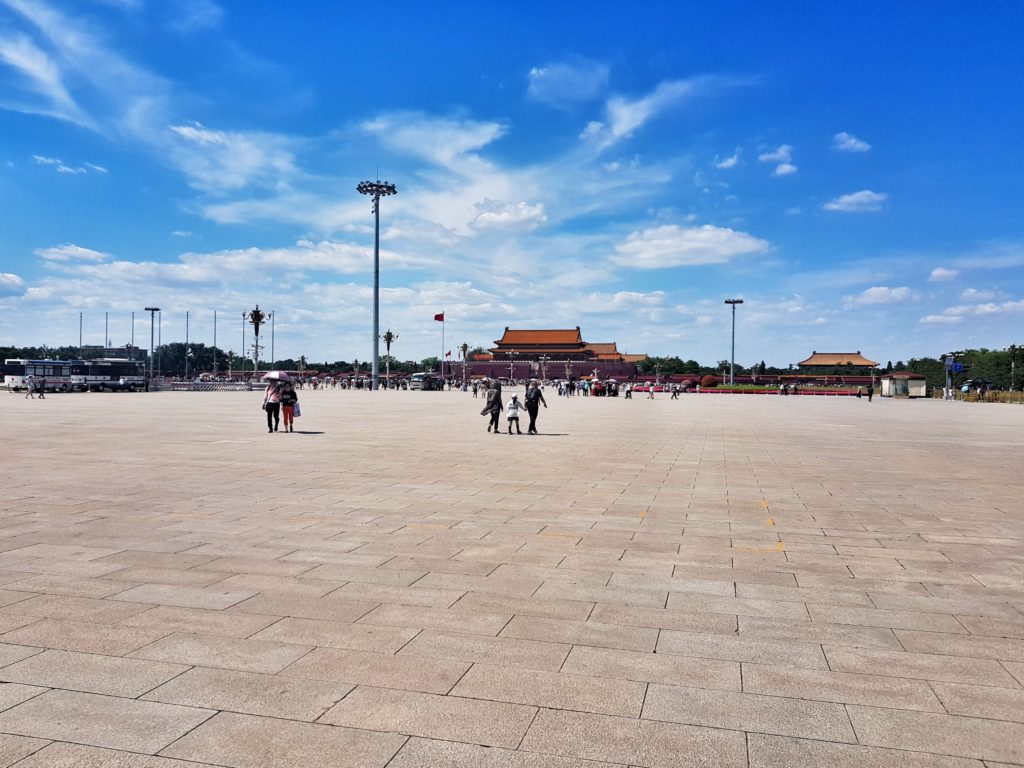
A picture with a man standing in front of rolling tanks created worldwide fame. Worldwide fame? Well, not exactly. In China almost nobody knows this picture anymore. In a survey among Chinese students, only 15% knew that this picture was taken in Beijing.
The Internet is so censored in China that the authorities can afford to erase unpleasant events in history. Search engines, for example, do not provide results for the Tiananmen massacre. In addition, the year 1989 was removed on the Chinese counterpart of Wikipedia. There is no access to the real Wikipedia, also many other western sites are blocked. Bill Clinton mocked China in 2000 by wishing it good luck in censoring the Internet. Like most people, he thought that was impossible. Almost 20 years later we live in a world in which China has made it without any problems. As a traveler, you need to use a VPN app if you want to use Twitter, Facebook, Instagram etc.
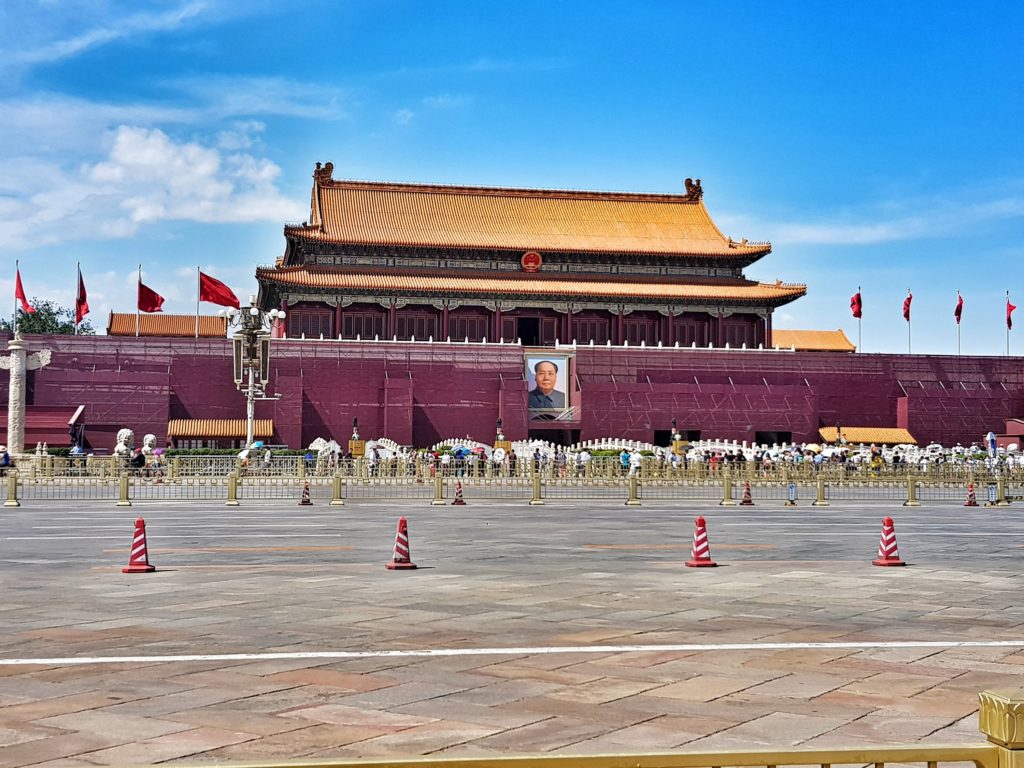
The Forbidden City, the former imperial residence of the Ming and Qing dynasties, is not far from Tiananmen Square. The common people were not allowed to enter it during the dynasty, hence the name Forbidden City. It is a gigantic palace complex that is open to the public today and is therefore one of the most important sights of Beijing.
At 33 degrees we fought our way through all the buildings that belong to the Forbidden City together with thousands of Chinese and other tourists. It was impressive, especially because you always think that you have reached the end of the complex and then realize that another palace building is coming.
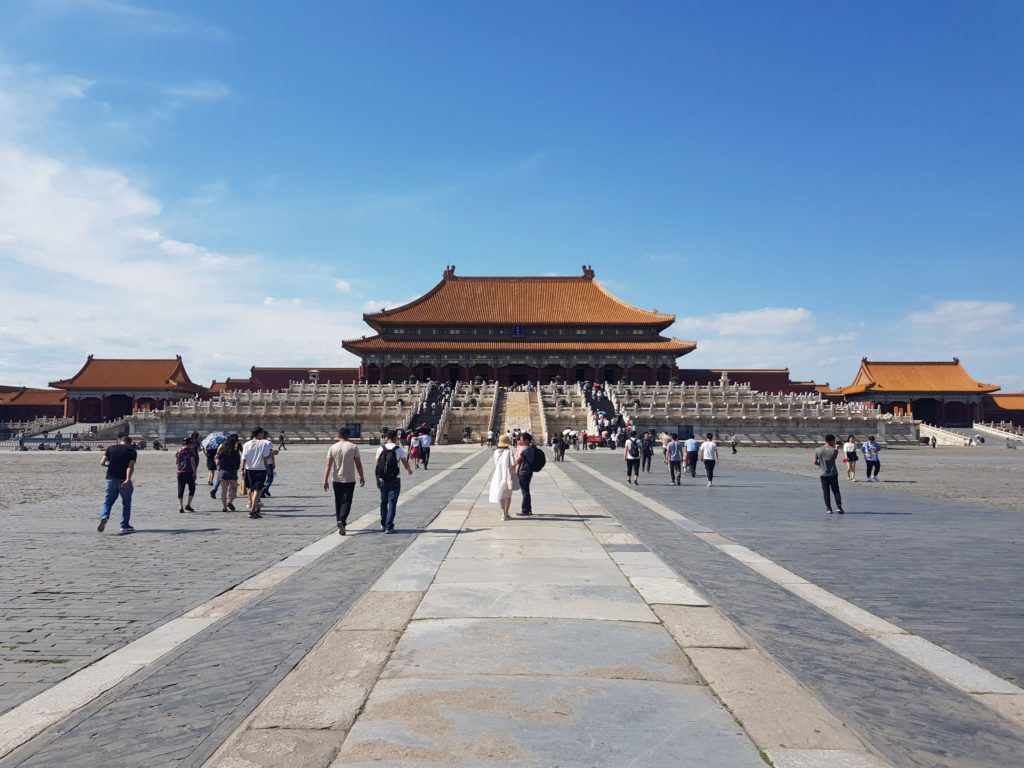
Once you have crossed the Forbidden City, you also have the opportunity to see it from above. Jingshan Park is located on the opposite side of the exit. In the park there is a pavilion on a hill that offers a great view. Up there, you realize once again how gigantic Beijing is.
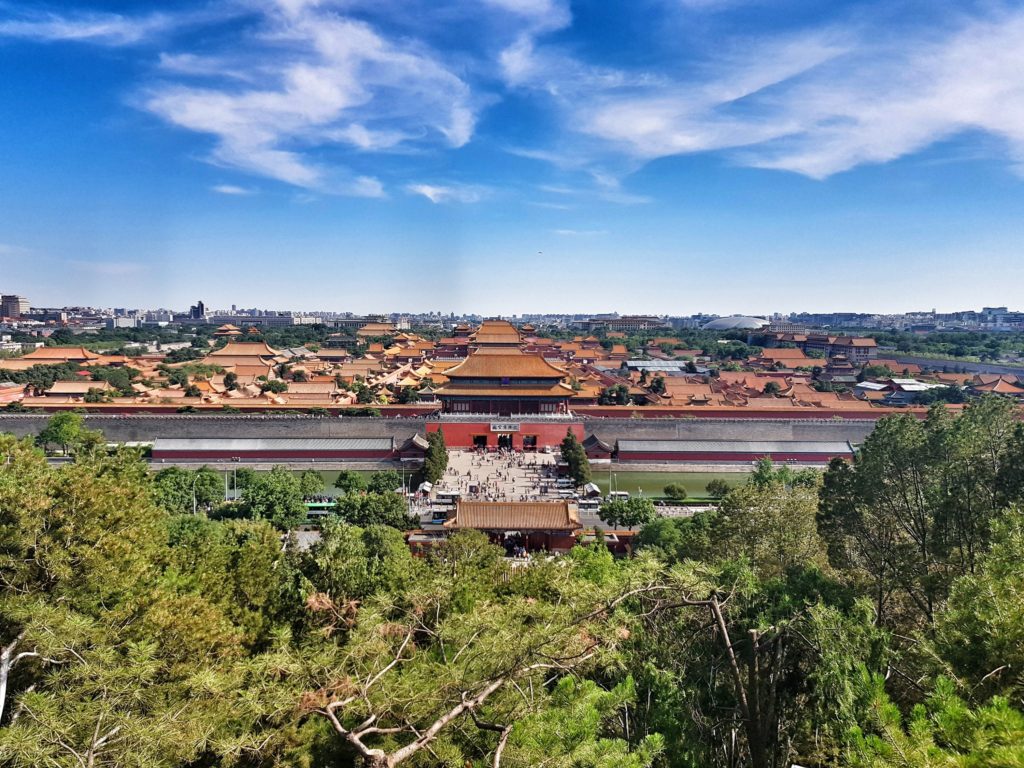
The sights in Beijing are cool. Both the Tiananmen Square and the Forbidden City are outstanding. And of course visited by many people. By the way, it is not uncommon for Chinese people to ask foreigners for photos together. We saw this several times in the Forbidden City. It didn’t happen to us, but we became “victims” of Chinese tourists in North Korea a few days later.
The temple of Heaven was already closed when we arrived there at 5 PM. Probably we would have arrived in time if we had skipped Jingshan Park. So we could see the park of the Temple of Heaven, but the temple only from a certain distance.
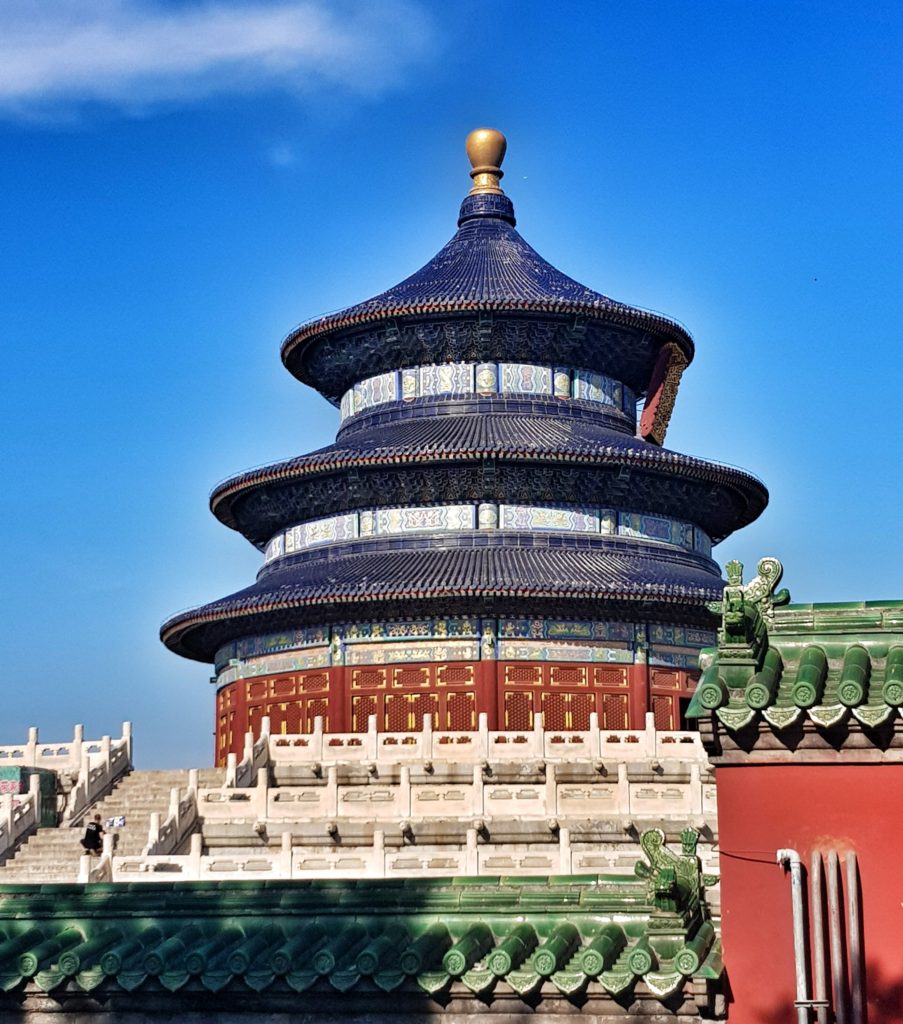
We actually still had a few hours time in Beijing. However, for a city of this size (8 million inhabitants) there are surprisingly few things to do that interested us. We saw the three main sights (okay, 2.5 of them to be exact), otherwise there wasn’t much left. We weren’t particularly keen on the Olympic Village with the National Stadium, the Bird’s Nest. Neither did we want to visit any shopping malls.
Getting around was also very exhausting. For a city the size of Beijing I found it surprising how few taxis were on the streets. And if we ever saw a taxi, there were three possible outcomes: 1) the taxi did not stop, 2) the driver refused to take us to the desired place, 3) we were massively overcharged. The only normal trips at fair prices were from the airport to the city.
The subway would have been a more reliable and cheaper transport method. But after ten days of using the subway in Taipei and Seoul we didn’t want to go from A to B standing in totally overcrowded wagons anymore. In Beijing there are also security checks at the subway stations. Not a big deal, but still annoying if you have to put your metal things in the basket every time.
Therefore, I have to say that I did not like Beijing at all despite the good sights. The conditions on this day were actually quite good. It was warm and not even smog was in the sky. Nevertheless, I found the city not beautiful and overwhelming. I didn’t like Shanghai six years ago, but I found Beijing even worse. It was clear to me already after one day that this was a city whose sights I wanted to see once, but to which I would very probably not return.
The Great Wall of China
Our main interest in China was not Beijing anyway but something else. No first visit to Beijing is complete without seeing the Great Wall of China.
From Beijing you can choose between several sections of the wall for a visit. As a general rule: the closer the section to Beijing, the more crowds you will find there. The closest section is Badaling. This is also where the pictures come from, which most people have in their mind when they think of the Great Wall: people, people, people and in between you can see a piece of wall. I would never voluntarily go there.
To avoid this tourist crowd, we decided to go to the Jinshanling section, which is about 2.5h away from Beijing. Often this section is said to be a combination of few people and beautiful nature. That sounded great.
Getting there, however, required some effort. There is a daily bus from Beijing directly to the Wall. Google Maps gave us a 20 minute drive from our hotel to the bus station. Thus, we stood 45 minutes before the departure of the bus in front of our hotel. It followed the same problem as the day before: there were no taxis available on the street. The hotel wasn’t a big help either. When we didn’t have a taxi 20 minutes before the departure of our bus, it was clear that Plan A wouldn’t work.
In the totally crowded subway we drove to another bus station, where buses run every hour. Not directly to the wall though, but to a visit center a few kilometers before the wall. Fortunately, there was a bus leaving just as we arrived at the bus station. The bus ride lasted less than two hours, after which we changed to a shuttle that drove us to the wall.
And then we were finally on the Great Wall. It was the sixth of the seven new wonders of the world for me. The Great Wall is the only one of the seven wonders that you can have almost to yourself every day and at any time, if you choose the right section. During the four-hour hike, which was quite exhausting by the way, we didn’t see many tourists.
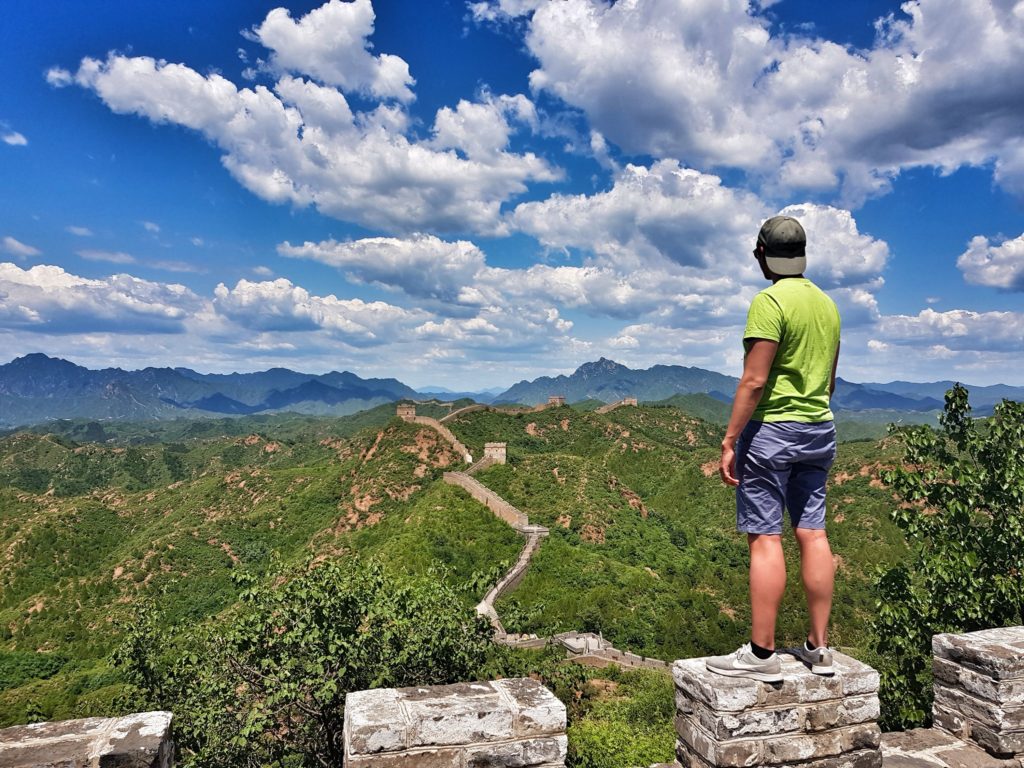
The hike went up and down, sometimes the wall was restored, sometimes we walked on a ruin. In the beginning we only passed someone or were passed by someone every 10 minutes. Otherwise, we didn’t have to share the wall with anyone else and so we could take many photos that didn’t show any other people on it. Since a cable car also goes up to the wall, the number of people increased again in the last third of the hike, as the station is there.
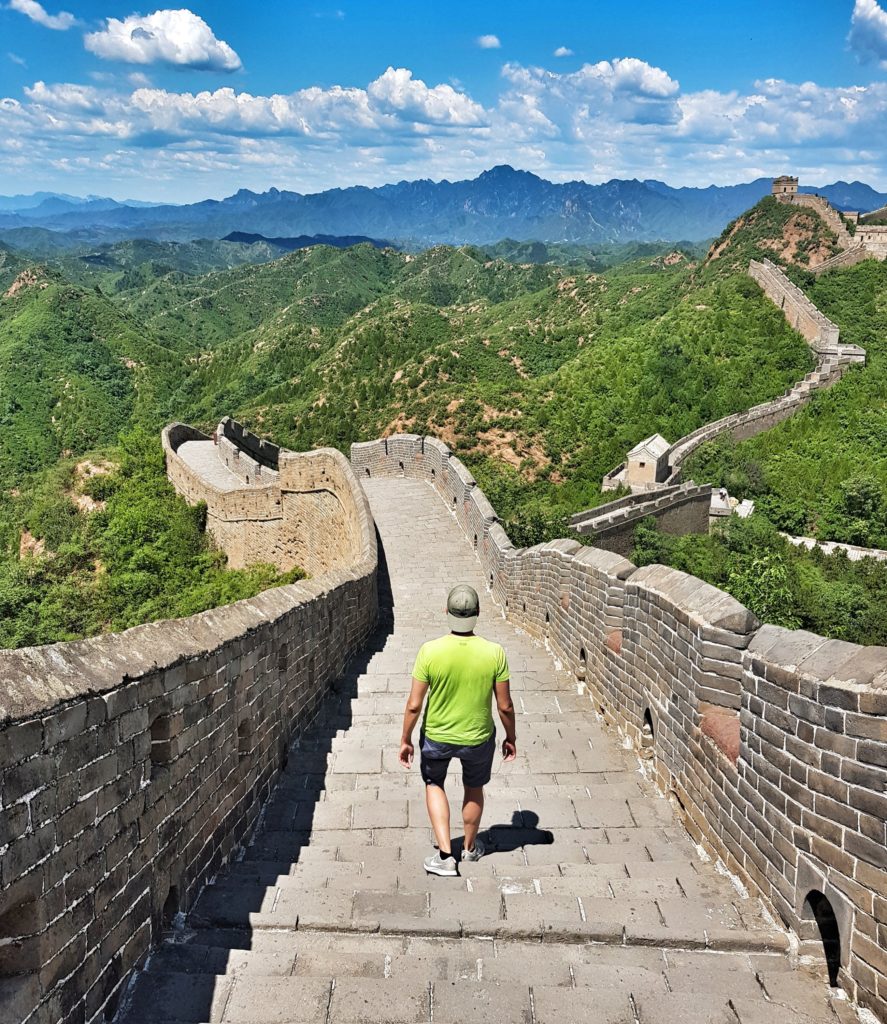
We finished the hike about four hours later. These four hours, however, easily included 45 minutes for taking pictures and enjoying the view. The hike was a bigger challenge than we expected though. But we made it. Mao would have been proud of us.
The Great Wall is a masterpiece and should be seen by every traveler at least once. Even if the persistent rumor that the Great Wall can be seen from the moon is false, it is one of the most impressive constructions in the world. You just have to choose the right section.
The return journey was once again chaotic. There is a bus from a station along the highway back to Beijing. The bus arrives hourly, but you have to buy tickets in advance, which we didn’t know and so the first bus left without us. After organizing tickets in the supermarket of the station with the help of the translation app, we spent our time eating noodle soup, which we prepared under observation of the laughing supermarket staff. Probably our preparation looked as ridiculous as if Chinese people would make their own fondue in Switzerland.
Almost two hours later we were back in Beijing. It was a fantastic day trip. The Great Wall was not only the absolute highlight of our stay in China, but maybe also of the whole trip.
China as a travel destination
I’ve been to the Middle Empire twice so far, but the country doesn’t excite me. China isn’t an easy travel destination and there are several reasons for this.
First of all, the language barrier creates difficulties for travelers. You always manage to communicate with the locals somehow, either by app or by hand signals. Nevertheless, a fluent conversation is not possible unless you speak Chinese. This is a pity, because it makes it difficult to get to know the culture and way of thinking of the Chinese, but it also complicates simple things like ordering food in a restaurant.
Secondly, I really don’t like the cities in mainland China. I’ve only seen Shanghai and Beijing, but both didn’t suit my taste. This makes me unwilling to visit other cities such as Guangzhou or Shenzhen. Chinese cities are for me terrible concrete jungle with little soul. The Chinese seem to have difficulties in making their 5000-year-old culture visible in their cities.
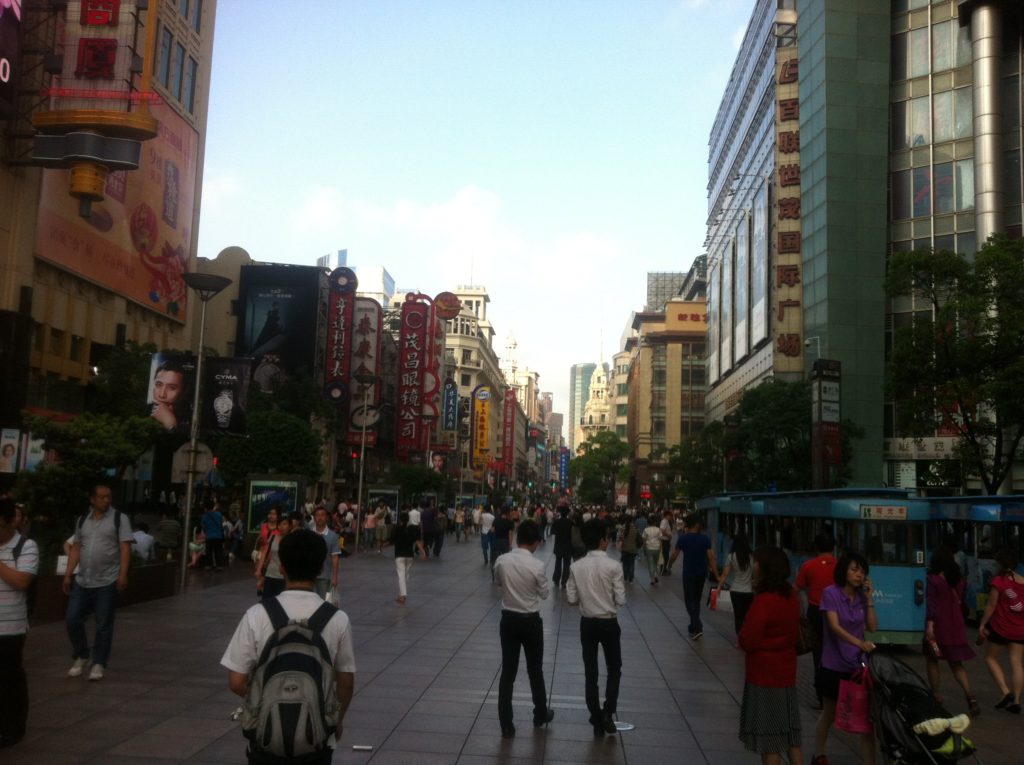
And thirdly, the behavior of the locals can sometimes be irritating or cumbersome. For example, when the Chinese spit around or burp out loud. The cultural differences between Chinese and people from the West are quite big. Chinese behavior is considered indecent in Western countries. Those who don’t know what to expect in China will have a culture shock. But even if you know it’s annoying.
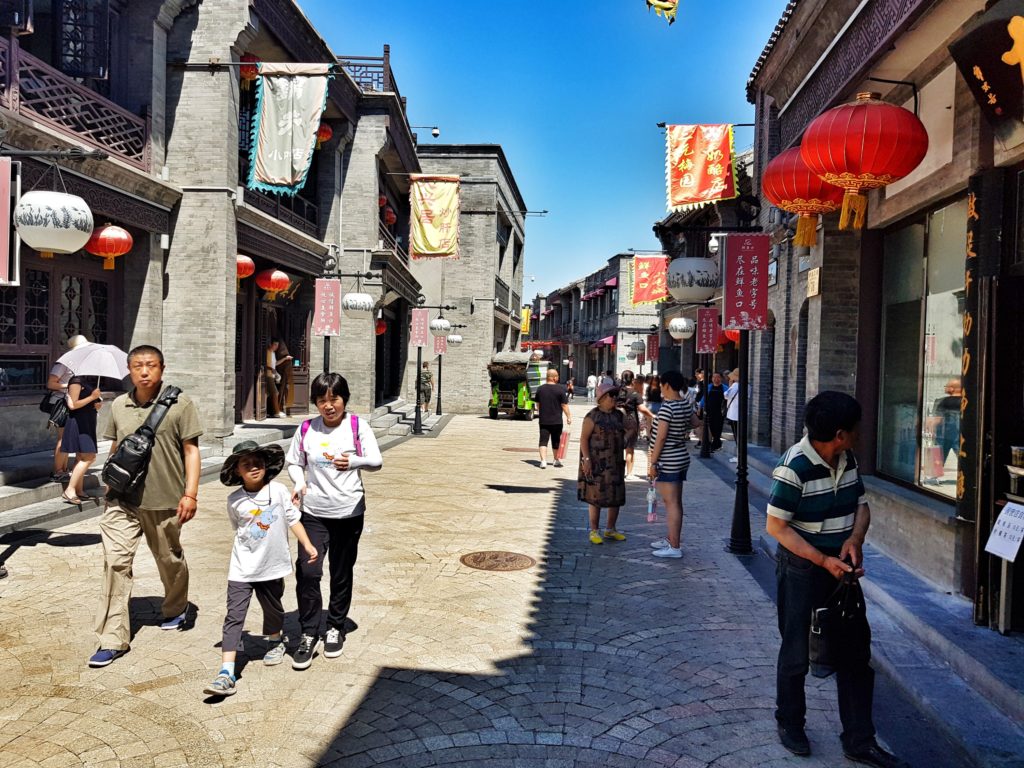
I have to mention a few positive things about China for the sake of fairness. Because not everything is bad in the most populous country in the world. China isn’t a very expensive travel destination. It’s definitely cheaper than Japan or South Korea for example. Moreover, there are exciting things to do in the country, even in Beijing or Shanghai. In Beijing, the sights are fantastic and Shanghai has a very cool bar scene. And I don’t need to mention the Great Wall again, I guess.
Anyway, China is a country that I will only travel to very selectively in the future. I have seen Shanghai and Beijing, and one visit is enough for both cities I guess. I neither intend to visit any other Chinese city in the near future. However, there is one big exception…
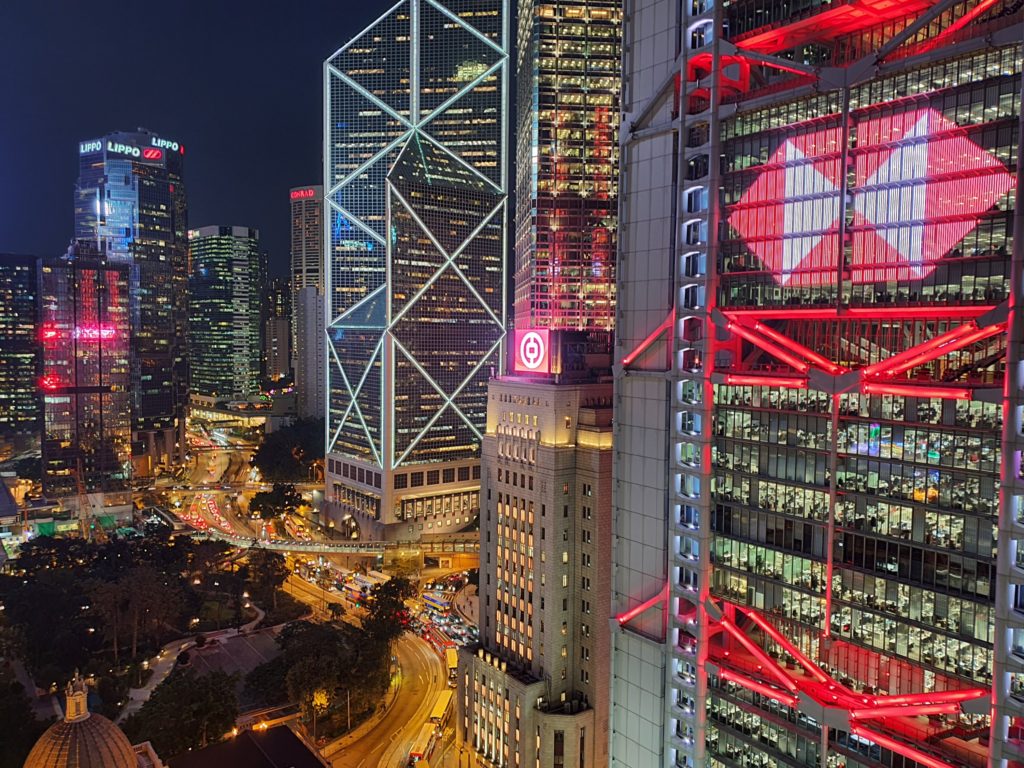
Hong Kong is, in my opinion, one of the best cities in the world. I am a huge fan of the metropolis with the most skyscrapers in the world. This city is interesting, fun and offers a lot. But Hong Kong is not comparable to mainland China anyway. It is a westernized city, because it has been a British colony until 1997. You can notice this immediately in the mentality of the people. Since Hong Kong is one of the most important hubs for East and Southeast Asia, I will definitely visit the city a few more times after my first two visits in 2013 and 2020.
There are also other places in China that would interest me. Tibet for example. Or the west of the country. Both are regions where minorities are strongly oppressed by the Chinese government. Maybe I’ll travel to these places sometime, but that won’t be the case so soon.
Find the travel reports of the other countries I’ve visited here!
